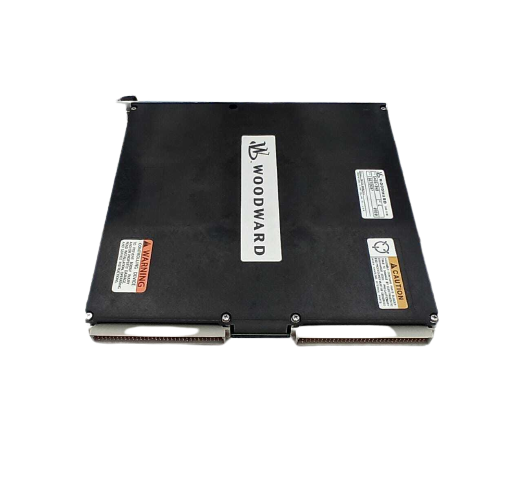
World Of Controls understands the criticality of your requirement and works towards reducing the lead time as much as possible.
5466-351 - Digital Controller Module is available in stock which ships the same day.
5466-351 - Digital Controller Module comes in UNUSED as well as REBUILT condition.
To avail our best deals for 5466-351 - Digital Controller Module, contact us and we will get back to you within 24 hours.
SPECIFICATIONS:
Part Number: 5466-351
Manufacturer: Woodward
Product Type: Digital Controller Module
Dimension: 16cm*16cm*12cm
Repair: 3-7 Day
Availability: In Stock
Weight: 0.91 kg
Country of Origin: United States
FUNCTIONAL DESCRIPTION:
5466-351 is a Digital Controller Module manufactured and designed by Woodward used in Gas Turbine Control Systems. A Digital Controller Module (DCM) is a key component in turbine control systems used to regulate and optimize the operation of turbines. It is responsible for receiving sensor inputs, processing control algorithms, and generating control signals to various actuators that control the turbine's operation. The DCM is typically a microprocessor-based device that performs complex calculations and control functions in real-time. It integrates with the turbine's sensors and actuators through analog or digital interfaces, depending on the specific control system architecture. Here are some key functions and features of a Digital Controller Module in turbine control systems:
Sensor Interface: The DCM interfaces with various sensors installed in the turbine, such as temperature sensors, pressure sensors, flow sensors, and speed sensors. It receives continuous feedback from these sensors to monitor the turbine's operating conditions.
Control Algorithms: The DCM runs control algorithms that process the sensor inputs and determine the appropriate control actions to maintain optimal turbine performance. These algorithms may include proportional-integral-derivative (PID) control, model-based control, or advanced optimization techniques.
Actuator Control: Based on the control algorithms' output, the DCM generates control signals to actuator devices that adjust the turbine's operating parameters. These actuators may include fuel control valves, variable inlet guide vanes, variable stator vanes, and blade pitch actuators, among others.
Fault Detection and Diagnosis: The DCM monitors the turbine's performance and compares it to predefined limits or expected values. If any abnormalities or faults are detected, the DCM can trigger appropriate actions, such as alarm notifications, shutdown procedures, or automatic adjustment of control parameters to mitigate the issue.
Communication and Integration: The DCM often includes communication interfaces to exchange data with other control systems components, such as Human-Machine Interfaces (HMIs), supervisory control systems, or plant-wide control networks. This allows for remote monitoring, configuration, and coordination with other control devices.
WOC has the largest stock of Woodward Gas Turbine Control System Replacement Parts. We can also repair your faulty boards. We can also supply unused and rebuilt backed-up with a warranty. Our team of experts is available round the clock to support your OEM needs. Our team of experts at WOC is happy to assist you with any of your automation requirements. For pricing and availability on any parts and repairs, kindly get in touch with our team by phone or email.
FREQUENTLY ASKED QUESTIONS:
What is the purpose of a Digital Controller Module in a turbine control system?
A Digital Controller Module is responsible for receiving sensor inputs, processing control algorithms, and generating control signals to actuators that control the turbine's operation. Its purpose is to regulate and optimize the turbine's performance, ensuring efficient and safe operation.
What types of turbines use Digital Controller Modules?
DCMs are used in various types of turbines, including gas turbines, steam turbines, and wind turbines. They are crucial in maintaining precise control over turbine operations and optimizing performance.
How does a DCM interact with sensors and actuators?
A DCM interfaces with sensors installed in the turbine, such as temperature sensors, pressure sensors, and speed sensors, to receive real-time feedback on the turbine's operating conditions. Based on this sensor data, the DCM generates control signals to actuators, such as fuel control valves or blade pitch actuators, to adjust the turbine's parameters.